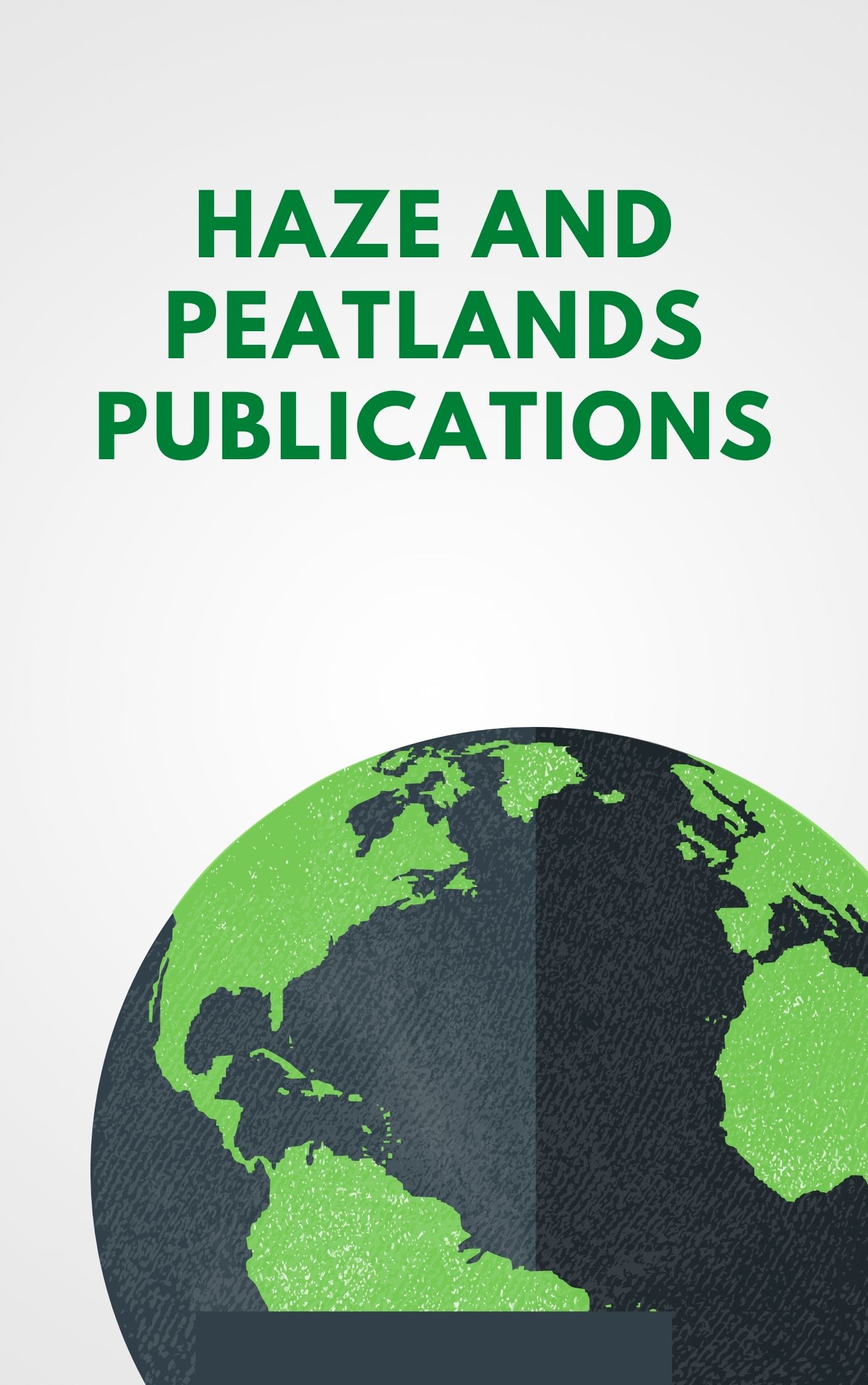Forested tropical peatlands in Southeast Asia are important global carbon stores and for biodiversity conservation, yet are being rapidly converted to agriculture or degraded into fire-prone non-forest vegetation. Although large areas previously cleared for agriculture have been abandoned, there is little evidence of subsequent forest recovery. We assessed the composition of non-forest regrowth in a degraded peatland in the former Mega Rice Project: a failed attempt to convert 1 million hectares of tropical peatland for rice production in Central Kalimantan, Indonesia. Regrowth was assessed in 223 20 m x 20 m plots distributed at 100 m intervals along transects through the deforested area. Individual woody plants >= 0.5 m in height were counted and identified. A total of 6085 woody plants 0.5-3 m high and 2720 woody plants >3 m were counted from 79 morphospecies. The mean density of woody plants was 0.09 individuals m(-2), with a range of 0.005-0.53 individuals m(-2) across plots. Most woody species also grew in mature forest, but regrowth was dominated by a few abundant wind-dispersed species (particularly Combretocarpus rotundatus) and most other species were potentially dispersed by bulbuls (Pycnonotidae) and other small- to medium-sized birds. Most regeneration reflects the availability of dispersal agents, with additional woody species probably sprouting from vegetative remnants of the previous forest cover, although a role for additional dispersal agents cannot be ruled out. Ground cover was dominated by fern species not typically found in mature forest and may be inhibiting woody plant regrowth. Continuous woody canopy cover is probably achievable by unassisted regeneration in degraded peatlands, but it will be slow and patchy with low species diversity. We recommend enrichment planting with species from intact peat swamp forest, but only after an initial survey of the existing regrowth. (C) 2014 Elsevier B.V. All rights reserved.
View source

